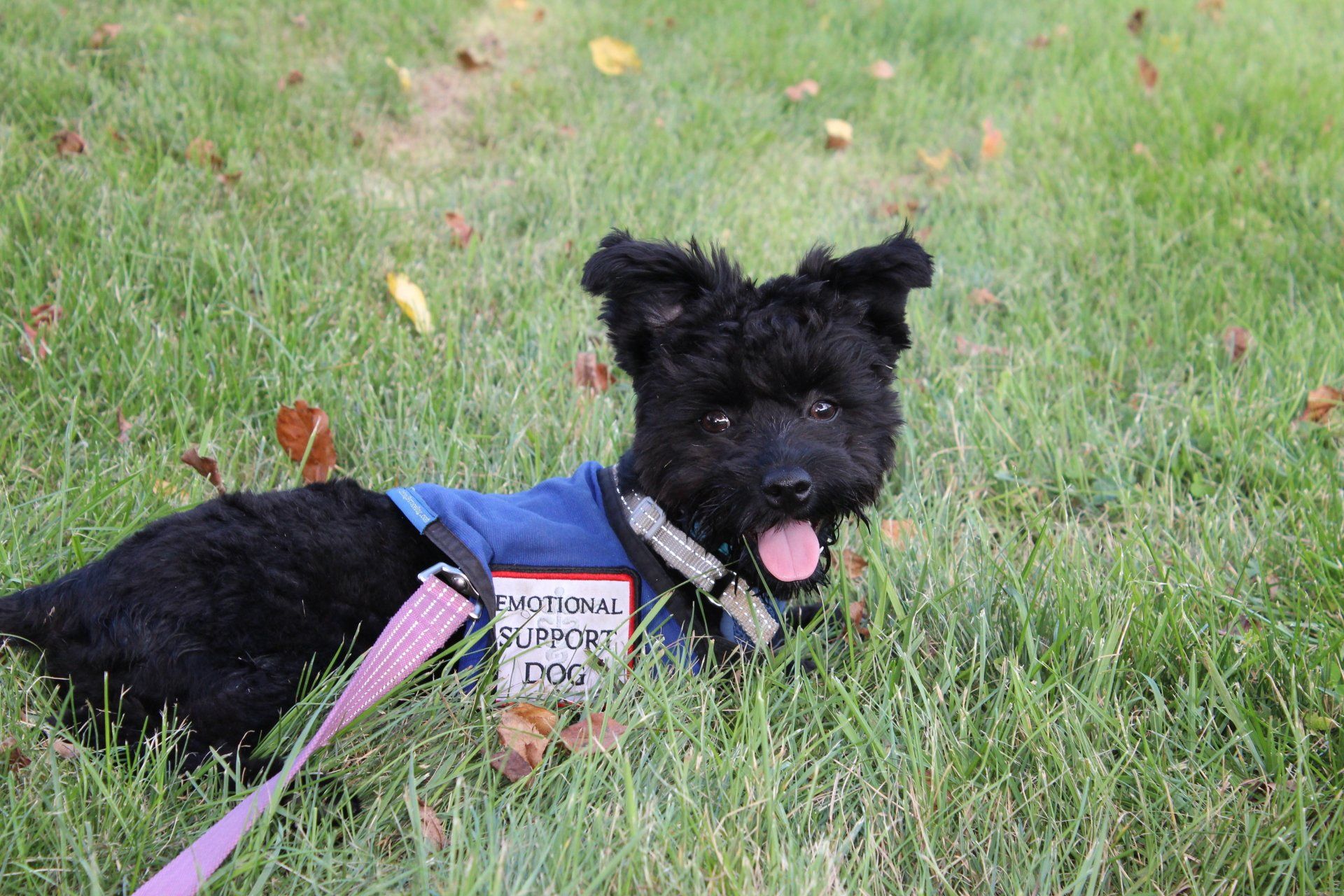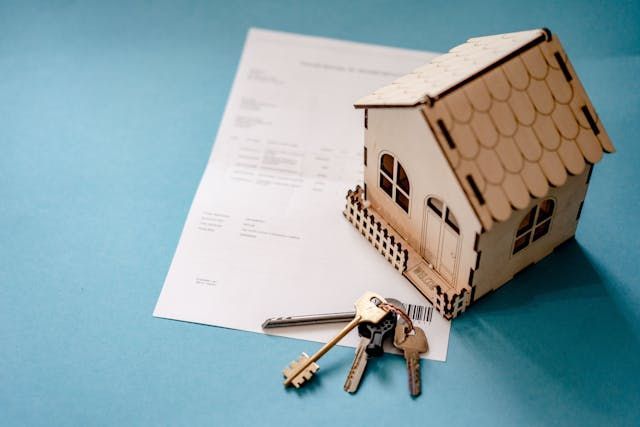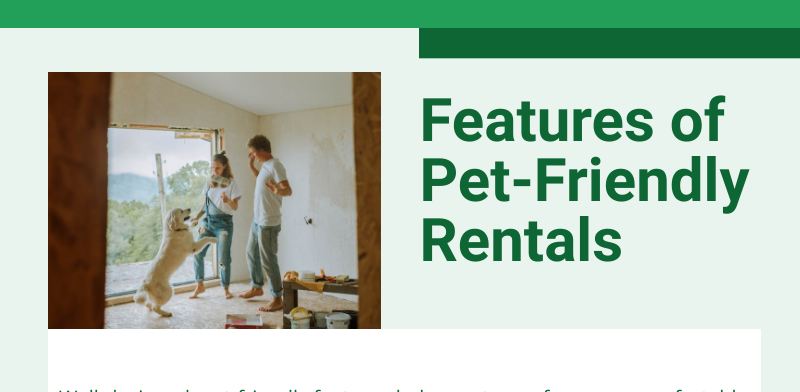EMOTIONAL SUPPORT ANIMALS - 7/17/2021
July 17, 2021

Last year, the Department of Transportation (DOT) announced it was going to start cracking down on emotional support animals and put forth its proposed new rules in response to air travelers that misrepresent their pets as service animals. Many air travelers were dishonestly stating that their pets were emotional support animals to avoid fees they would otherwise have been required to pay to have their pets accompany them while flying. There had been numerous instances of these “emotional support” animals urinating and defecating in airport terminals and in the cabin. Airline workers and passengers had also been bitten or injured by “Emotional Support” animals. The DOT sought to alter the definition of “service animal” to a dog that has been specially trained to perform tasks aimed at assisting a person with a disability and put some teeth into the penalties for those that make false claims about their animal.
Unfortunately, the U.S Department of Housing and Urban Development (HUD) appears to be softening its rules with respect to animals that individuals claim to be support or assistance animals. Renters with pets will often claim that their animal is a support or assistance animal to avoid paying pet deposits. Under the Fair Housing Act, housing providers are prohibited from charging animal deposits for service, support, or assistance animals and must allow all breeds of dogs. This is referred to as making a reasonable accommodation under the Fair Housing Act. When we receive applications from prospective renters, a very small percentage of them state they have an animal or that they plan to acquire one. We routinely discover unauthorized animals while performing periodic inspections or maintenance on properties. Once an animal is discovered, renters will often claim that their animal is a support or assistance animal to avoid unauthorized pet fees or paying an animal deposit.
HUD’s most recent guidance relating to a person making a request to have an animal as a reasonable accommodation states, “A resident may request a reasonable accommodation either before or after acquiring the assistance animal. An accommodation also may be requested after a housing provider seeks to terminate the resident’s lease or tenancy because of the animal’s presence, although such timing may create an inference against good faith on the person seeking a reasonable accommodation. However, under the Fair Housing Act, the housing provider must consider the reasonable accommodation request even if the resident made the request after bringing the animal into the housing.” Further, the request for a reasonable accommodation may be oral or written and can be made by others on behalf of the individual, like another person legally residing in the property or an authorized representative.
My takeaway from HUD’s position is that housing providers should consider going easy on residents that falsely claim to have no animals on their application and subsequently bring animals into a property in violation of their lease contract. Landlords can successfully evict a renter that has brought an unauthorized animal into the property, but if the renter claims his or her rights have been violated under the Fair Housing Act, a court victory will be enormously expensive.
“All animals are equal, but some animals are more equal than others.”- George Orwell
David Gerke
Broker







